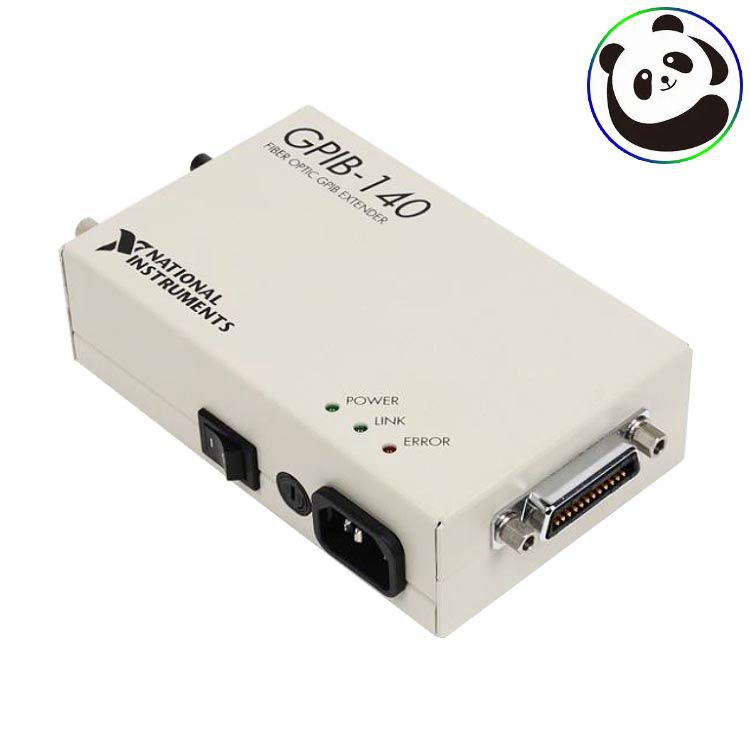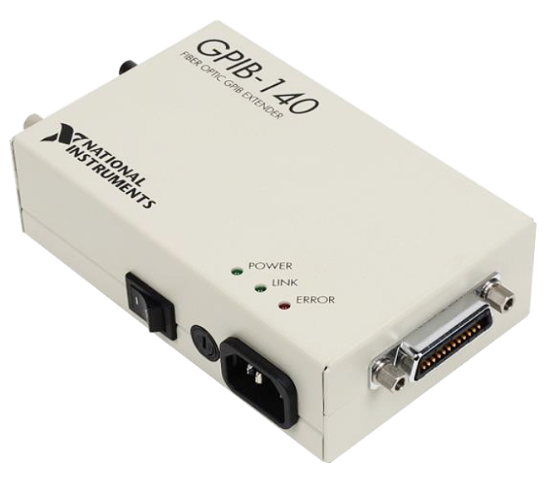NI 美国国家仪器公司
NI GPIB-140 Fiber Optic GPIB Extender
相关产品
Related products
-
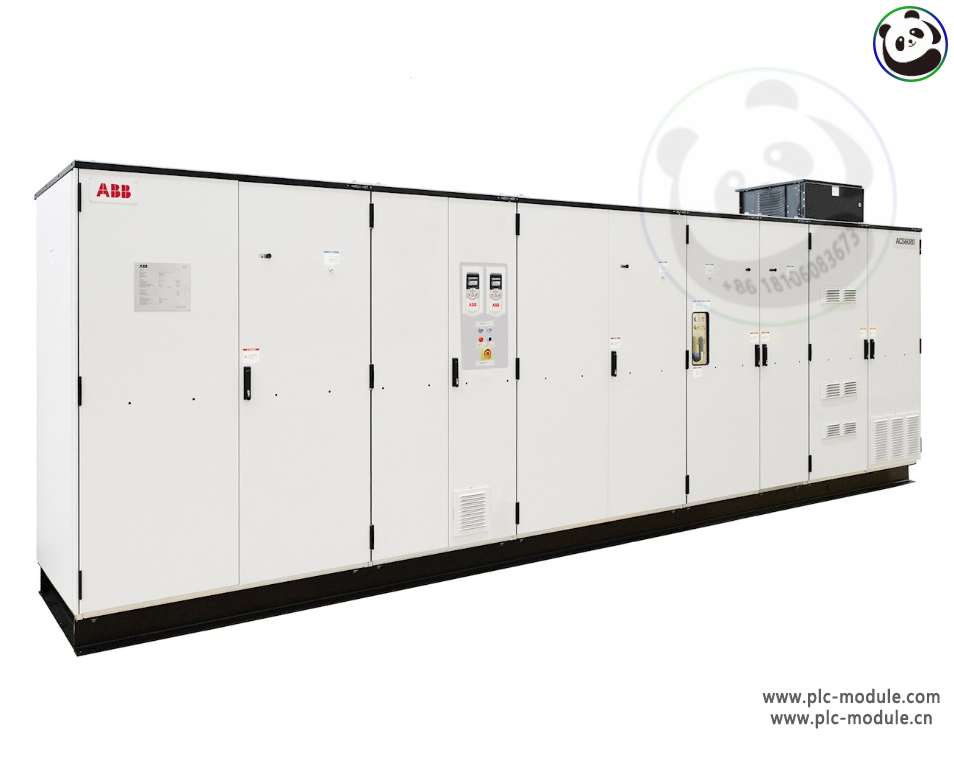 ABB ACS6080 中压驱动器 用于高性能电机控制
ABB ACS6080 中压驱动器 用于高性能电机控制 -
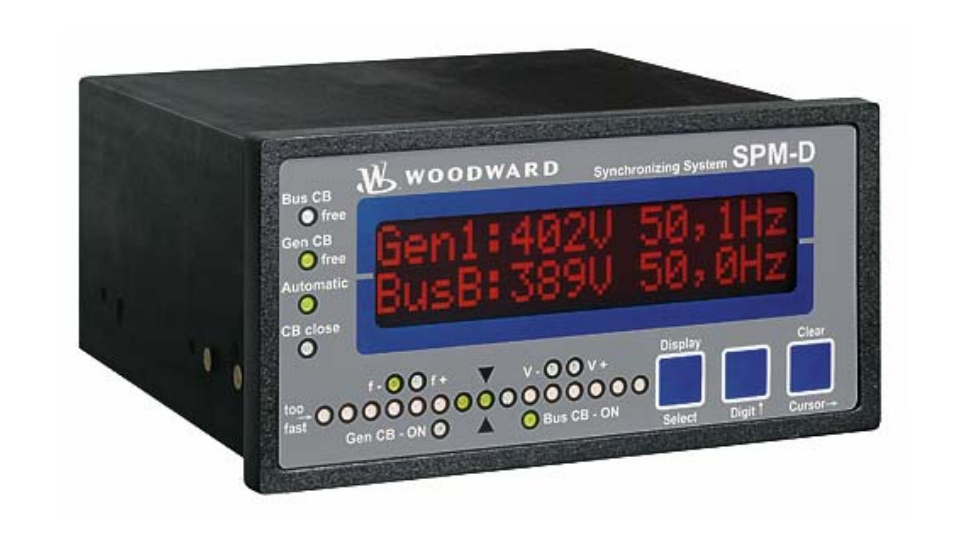 Woodward 伍德沃德 SPM-D11 系列 PDF
Woodward 伍德沃德 SPM-D11 系列 PDF -
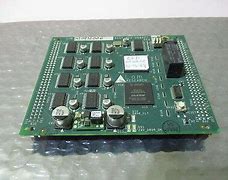 LAM 810-800082-043 PCBA VME BREAKOUT
LAM 810-800082-043 PCBA VME BREAKOUT -
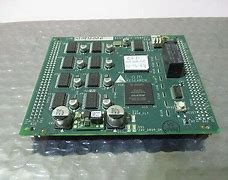 LAM 810-082745-003 Circuit Board PCBALONWORKS NODE
LAM 810-082745-003 Circuit Board PCBALONWORKS NODE -
 LAM 810-082745-003 Circuit Board PCBALONWORKS NODE
LAM 810-082745-003 Circuit Board PCBALONWORKS NODE -
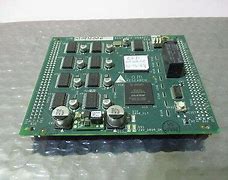 LAM 810-069751-114 PCBA NODE TYPE 411 CE
LAM 810-069751-114 PCBA NODE TYPE 411 CE -
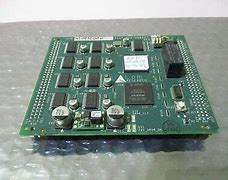 LAM 853-049542-173 ASSY TEMP CONT 24-CHANNEL
LAM 853-049542-173 ASSY TEMP CONT 24-CHANNEL -
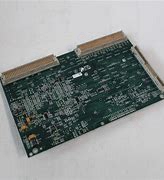 LAM 810-001489-016 PCBAROCKER VALVE INTFC BDI CE
LAM 810-001489-016 PCBAROCKER VALVE INTFC BDI CE -
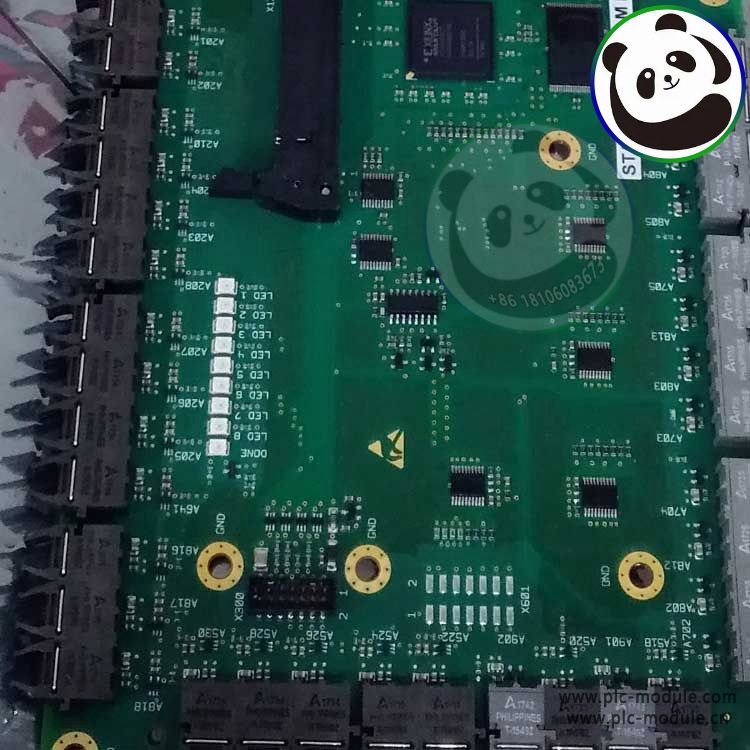 LAM 810-066590-004 PCBA.3-AXIS STPR DRIVER INTFC
LAM 810-066590-004 PCBA.3-AXIS STPR DRIVER INTFC -
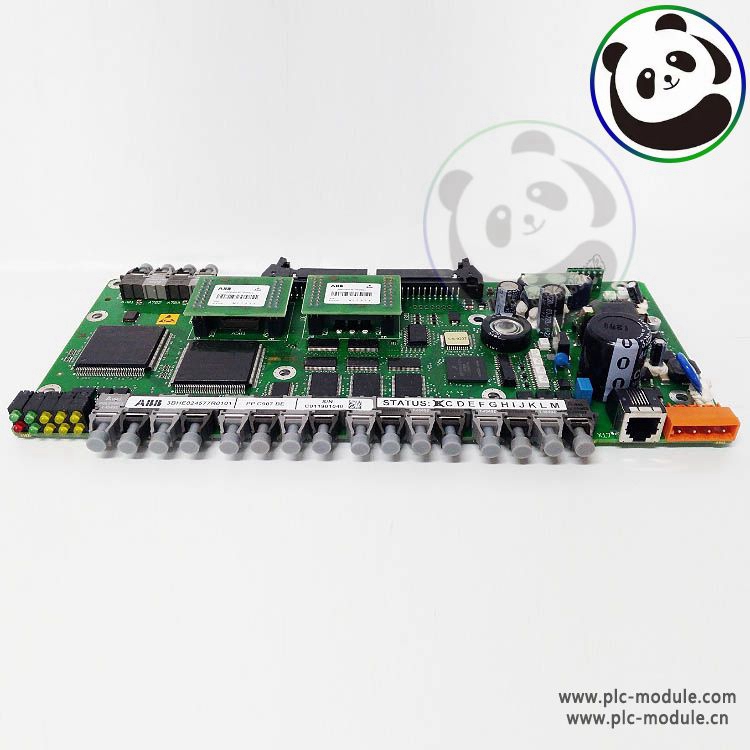 LAM 810-046015-010 PCBA VIOP III BOARD
LAM 810-046015-010 PCBA VIOP III BOARD

